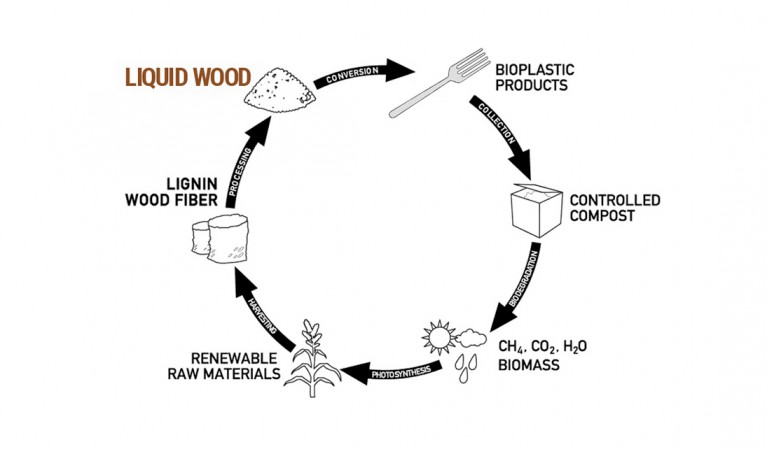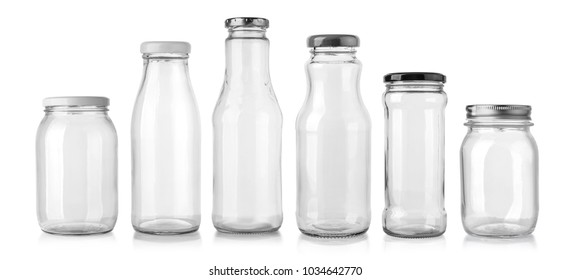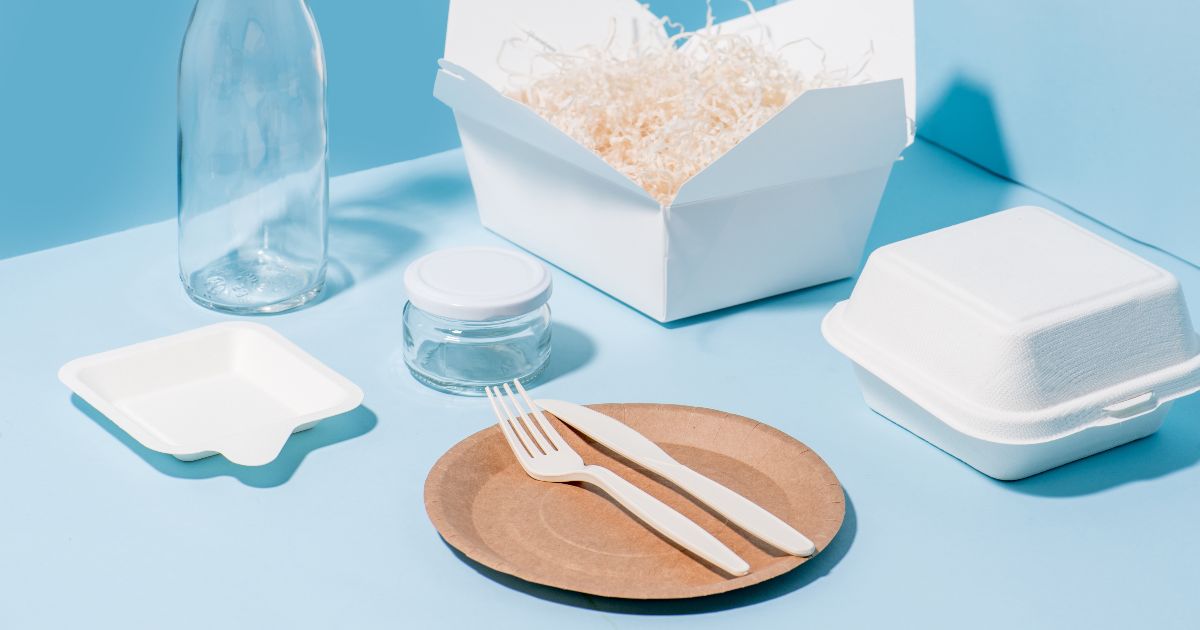Say no to Plastic
Lets start with the composition of plastic bag.
Traditional plastic bags are usually made from polyethylene, which consists of long chains of ethylene monomers. Ethylene is derived from natural gas and petroleum. Polyethylene is a thermoplastic polymer which is widely used in the production of plastic and it's water-resistant, light weight and can hold certain amount of weight.
As it has so many good qualities then why we should stop using plastic bags?
The reason we should stop using regular plastic bags irrespective to its qualities is that Polythene bags have harmful effects to the environment. It tend to disrupt the environment in a serious way by getting into soil and slowly release toxic chemicals. They eventually break down into the soil, with the unfortunate result being that animals eat them and often choke and die. It's not only harmful for environment but it's bad for our health too. Now a days plastic is used every where, same is with our food, if we order some food which is in liquid or gravy form, we use plastic pouches for it, we pour hot food content to it, which will release toxic chemicals from the plastic, during the production f plastic, chemicals are added to avoid such cases but not all companies do that. Plastic is a slow poison which is killing us slowly everyday. So it's up to us if we want to save ourselves from such havoc or not.
We talked about the polybags and harmful effects, some innovative alternatives we have to overcome the plastic problem-
Liquid Wood, it is an exclusive type of biopolymer is also referred to as bioplastic, These materials offer both the appearance and function of traditional plastic, but, unlike petroleum-based plastic, they are biodegradable without the harmful environmental effects. This particular biopolymer comes from pulp-based lignin, a byproduct, and a renewable resource that comes from paper mills. To create liquid wood, manufacturers mix lignin and combine it with water, and place it in an environment with strong heat and pressure to create a moldable composite material that's strong and non-toxic. This changes the lignin into a composite substance that's flexible enough for the manufacturer to form into any shape, but also highly durable. German researchers have already used liquid wood as a plastic substitute for a variety of items including children's toys, golf tees, and containers for speakers.
Since it's made from wood byproducts, it's also easy to recycle. As such, liquid wood is quickly becoming the go-to alternative for several traditional petroleum-based products. This could possibly be the biggest benefit of liquid wood.
Silicone- When looking for a more eco-friendly products, few companies are also using silicone in lieu of plastic. Similar to rubber, Silicone shares many of the same characteristics of plastics, including its capability and pliability to withstand both water and heat. However, it possesses durability that's far greater than plastic, which makes it excellent for various applications, particularly in the manufacturing and healthcare field.
Kitchen waste can you imagine how much trash you would avoid accumulating if you didn't have to throw out plastic sandwich bags? The silicone food bags, made from 100% pure platinum silicone are fully functional, self-sealing, and most importantly, non-plastic. They are leak-proof as well as airtight. Besides, an elegant alternative to aluminum foil or stretch wraps that are so common is silicone stretch lids. With these silicone lids, you'll save money from having to buy Tupperware in all kinds of sizes and you don't even have to worry about starting a fire by putting them in the microwave. As they're made of silicone, they can go there, as well as in the regular oven, and freezer.
Silicone is also an excellent alternative for household plastics such as plastic wrap and also a substitute for various other plastic-based products, including baby bottle nipples and insulation.
Glass- There was a time once when most people used glass containers to hold their drinks and food products. The time has changed now. Although the world has moved on in favor of plastic, glass still remains the more sustainable alternative. As opposed to plastic, which often is derived from fossil fuels, glass is made from sand. This makes it free of potentially harmful chemicals and cannot leach into your food or body. Moreover, it's easily recycled an infinite number of times- makes it easy for the manufacturers to turn old glass bottles into new ones and other products. Besides, the glass in jars and bottles can be reused endlessly, without any loss in purity and quality. Recycled glass was welcomed by glass manufacturers because when it's used as an ingredient in making new glass, it requires less energy in furnaces.
Compared to plastic counterparts, glass products may cost more. But, they last longer and have a small environmental footprint.
Starch-Based Plants - Starchy plants have become another popular source for sustainable plastics, as a totally low-cost, biodegradable, renewable, and natural polymer. Usually, the material used is corn, which manufacturers can process into a polyester called polylactic acid (PLA). As the name suggests, this material is prepared from the lactic acid produced when corn undergoes wet milling. Utilizing PLAs, manufacturers can produce virtually any product or packaging that would generally be made of plastic. Because of their ability to fully biodegrade within a span of 47 days under industrial composting conditions, these polymers are particularly favorable. Besides, they do not let off toxic fumes when they burn. To make completely biodegradable plastics, starch is usually blended with aliphatic polyesters, such as PLA and PCL, and polyvinyl alcohol. Adding in starch also cuts down plastic manufacturing costs. But, the starch content must exceed 60% of the composite before it has a major effect on degradation. As the starch content rises, the polymers become more biodegradable. PLA is quite similar to the polyethylene used in bottles, packing materials, and plastic films. It can also be used as a substitute for the polystyrene used in foam food containers and plates and plastic cutlery. Unlike conventional petroleum-based plastics, PLA has some major advantage that it's quickly biodegradable under the right conditions.
Sutures and biomedical devices are already made of the slow-degrading polymer, and tissue-engineering researchers also use it too. PCL also finds its applications for food-contact products, such as trays.
These were few alternatives of plastic. But no one can force us to use these alternative and boycott plastic. It's us who need to take the initiative and make little changes in our life.
Like using of Reusable bags/baskets in place of Single use plastic shopping bags. For grocery shopping we can take cloth bags, containers for liquids like oil, dairy products like ghee, milk, curd etc. Use of silicon bags and container in the kitchen. In place of Disposable straws we can use Reusable straws in paper, stainless steel, bamboo, or silicon, for Plastic lunch baggies we can use Reusable lunch box or beeswax wraps. We can change few habits right, for our own good as well as for the good of the environment and upcoming generation.
Miracles happens in a day but changes will take time to show result, but its a promising one so we can relay on it and choose a long run.
Lets avoid plastic as much as we can!!! For the betterment of the environment and Human race!!!








Comments
Post a Comment